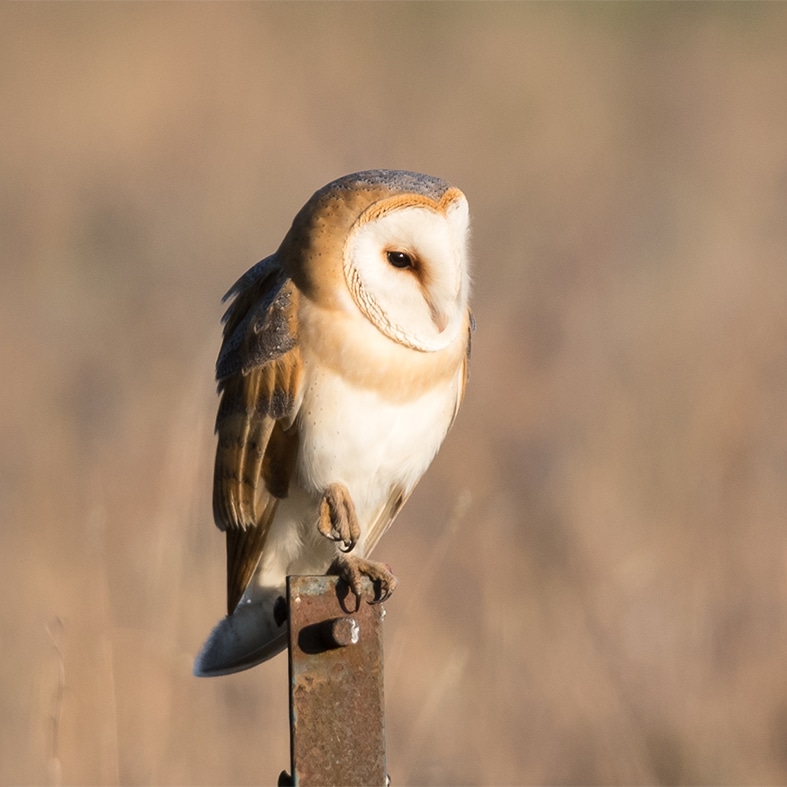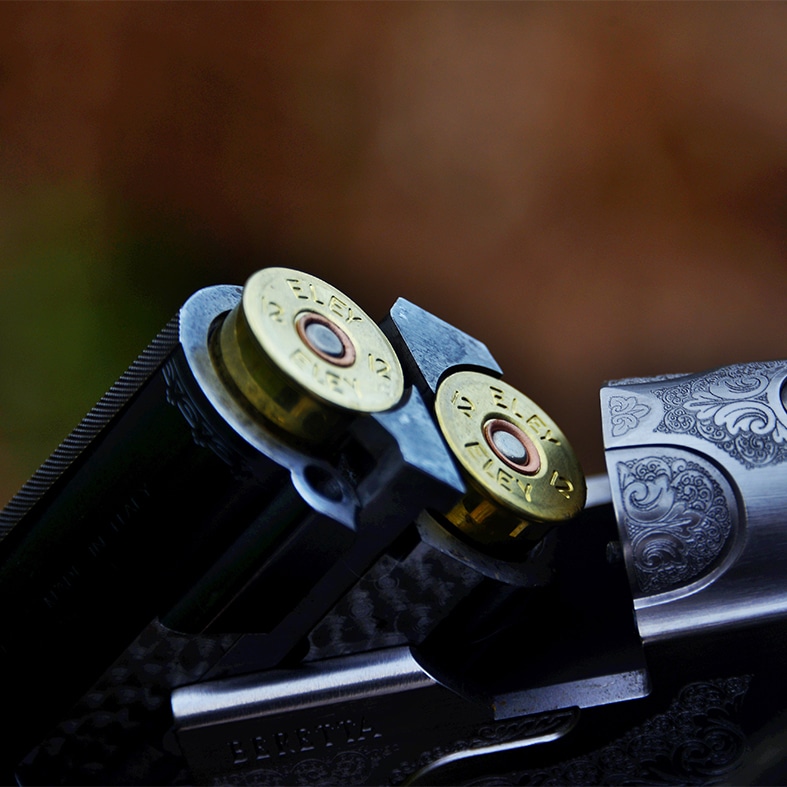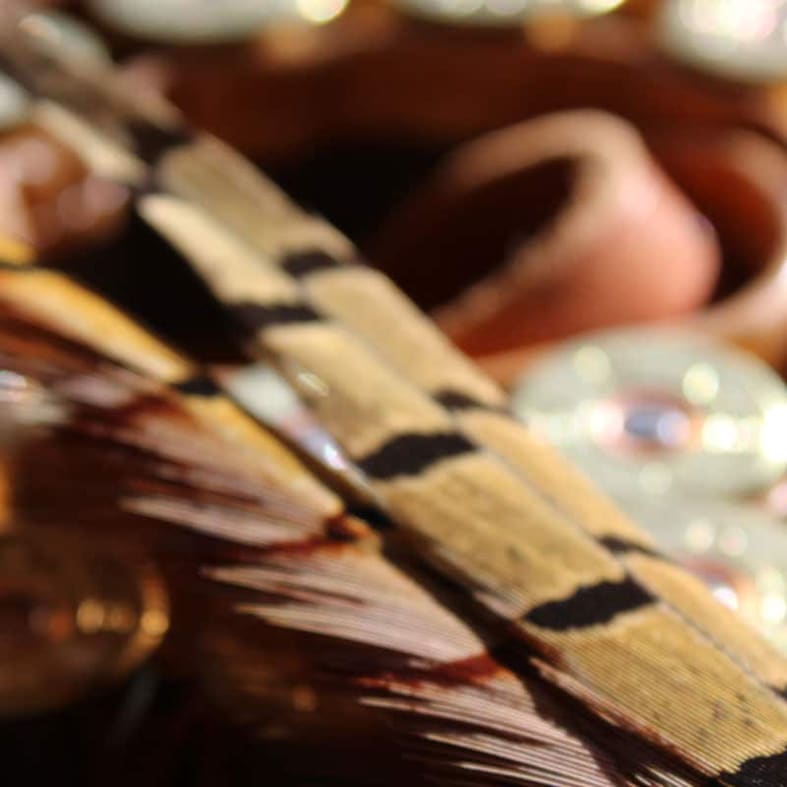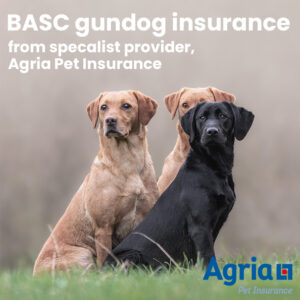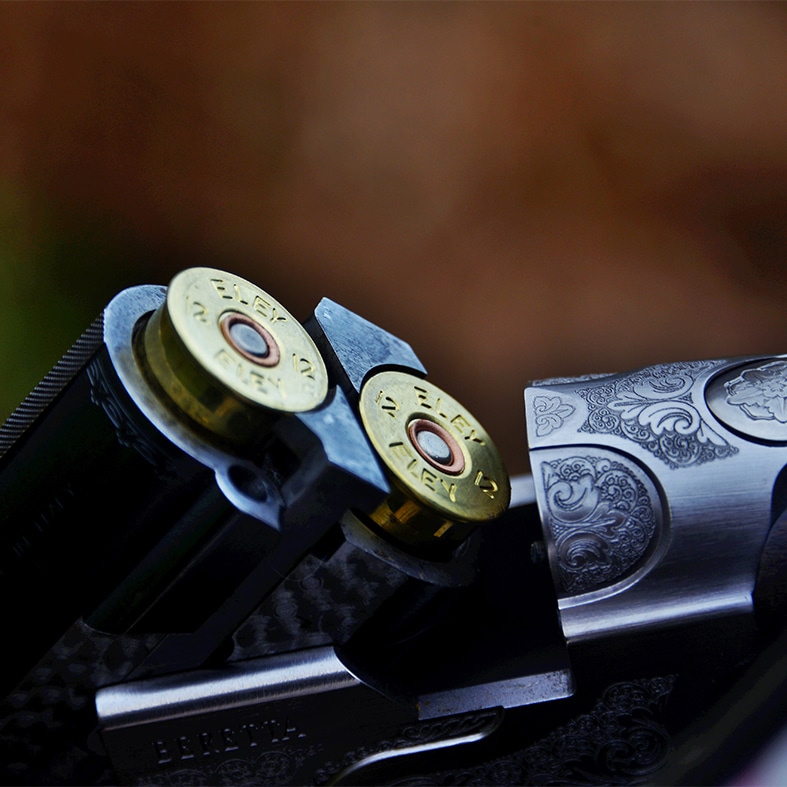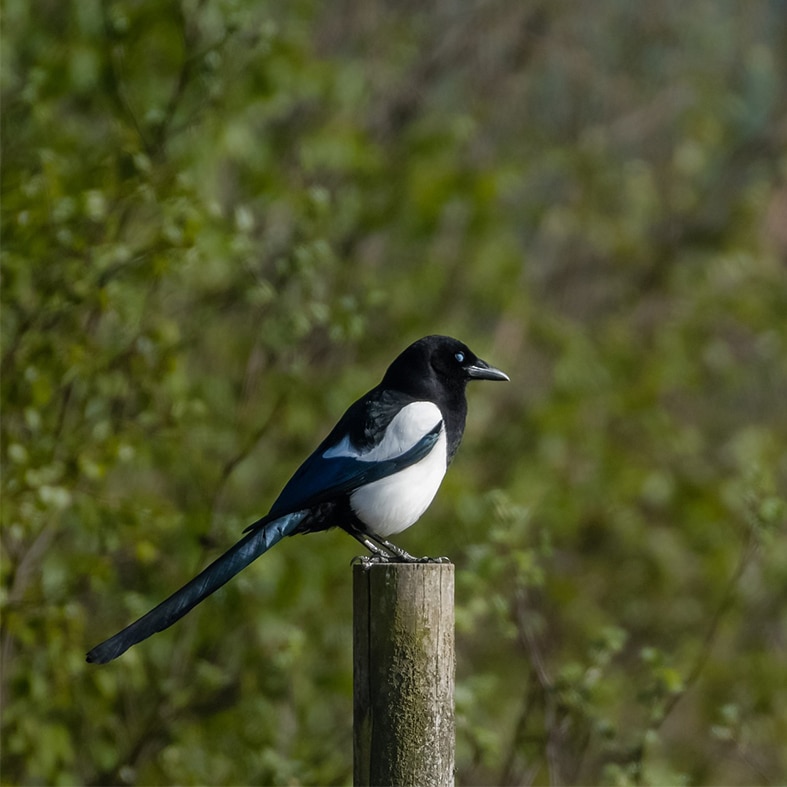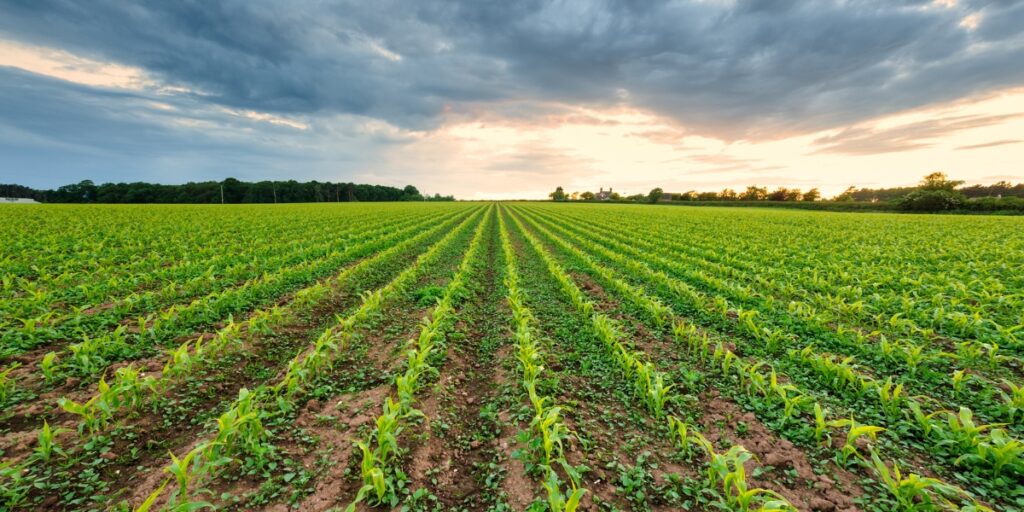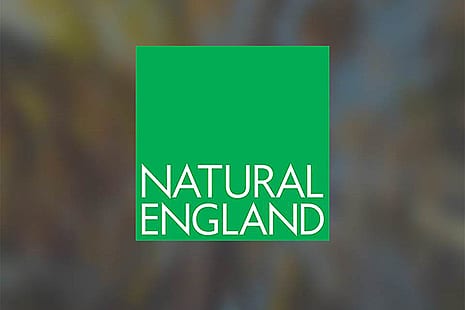
BASC steps in to publish 2014 general licences for Wales
The 2014 general licences for Wales, which give legal authority for the control of pest bird species such as pigeons and crows, have been published by the UK’s largest shooting organisation, the British Association for Shooting and Conservation (BASC) after technical problems delayed their publication by Natural Resources Wales.

